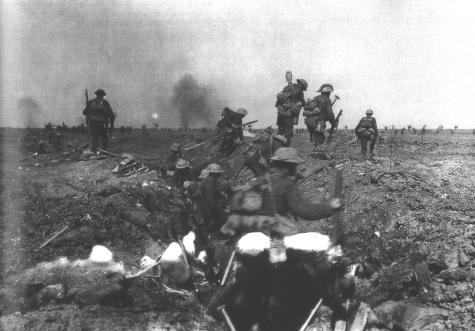
There are several major periods of covered by this 752 cases division-level database, so let us separate them out. The periods covered are:
Era ………………………………………………Number of Cases
Russo-Japanese War (1904-1905)……………….3
The Balkan Wars (1912)……………………………1
World War I (1914-1918)…………………………25
Between the wars (1938)………………………….1
World War II (1939-1945)………………………576
Arab-Israeli Wars (1956 – 1973)………………..51
Gulf War (1991)………………,………………….15
The U.S. Army Three-to-One Rule versus the 752 Case Division-level Data Base 1904-1991
Now, both World War I and World War II are so massive that with a diligent research effort, thousands of engagements could be assembled. This does take time. Our post-World War II includes almost every significant division-level engagement from the Arab-Israeli fighting of 1956, 1967, 1968 and 1973. The Gulf War category includes every significant division-level engagement from 1991. Let us look at each of them in turn:
World War I and others (30 cases)
Force Ratio……………………Percent Attacker Wins……………..Number of Cases
0.67 to 0.99-to-1………………..29%…………………………………………..7
1.01 to 1.47-to-1………………..11……………………………………………..9
1.58 to 1.80-to-1………………….0……………………………………………..2
2.00 to 2.13-to-1………………..67……………………………………………..3
2.50 to 2.80-to-1………………..67……………………………………………..3
3.00 to 3.20-to-1………………..33……………………………………………..3
4.04 to 4.38-to-1………………..50……………………………………………..2
6.32-to-1………………………..100……………………………………………..1
Note that the attacker is winning to majority of the time at two-to-one odds and higher. The 33% wins in the three-to-one category consists of one victory and two drawn engagements (Bazentin Ridge from the Somme and First Dardanelles Landing from Gallipoli). In both of these cases the attacker advanced, although the engagement is coded as a draw. These three cases do not make a strong argument. This data collection is too small to draw any real conclusions from. The database could certainly be expanded to thousands of cases given time and effort. We also have a collection of engagements from World War I at brigade- and battalion-level and a number of engagements above division-level. These will be explored later.
